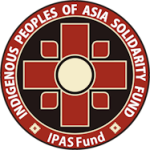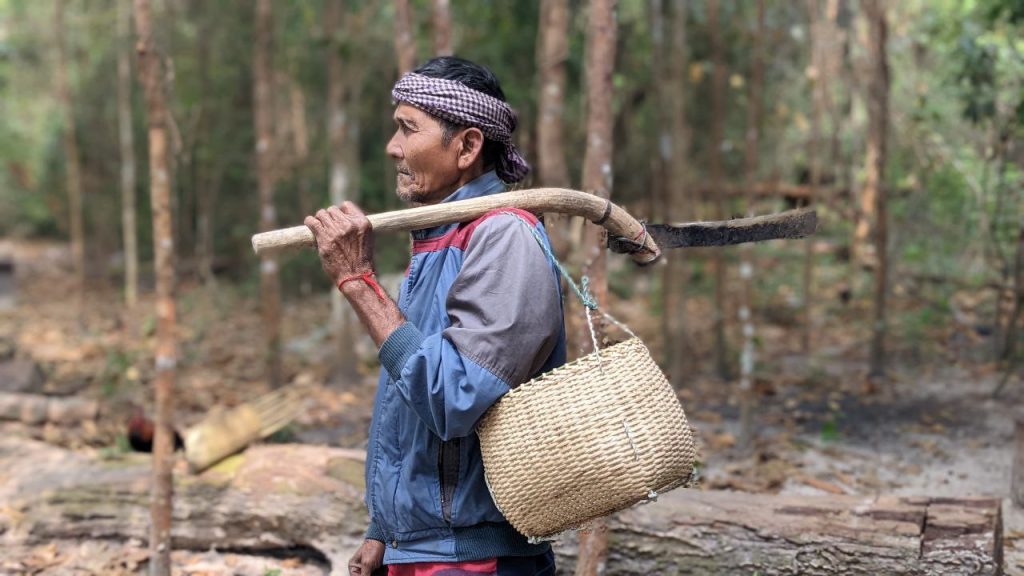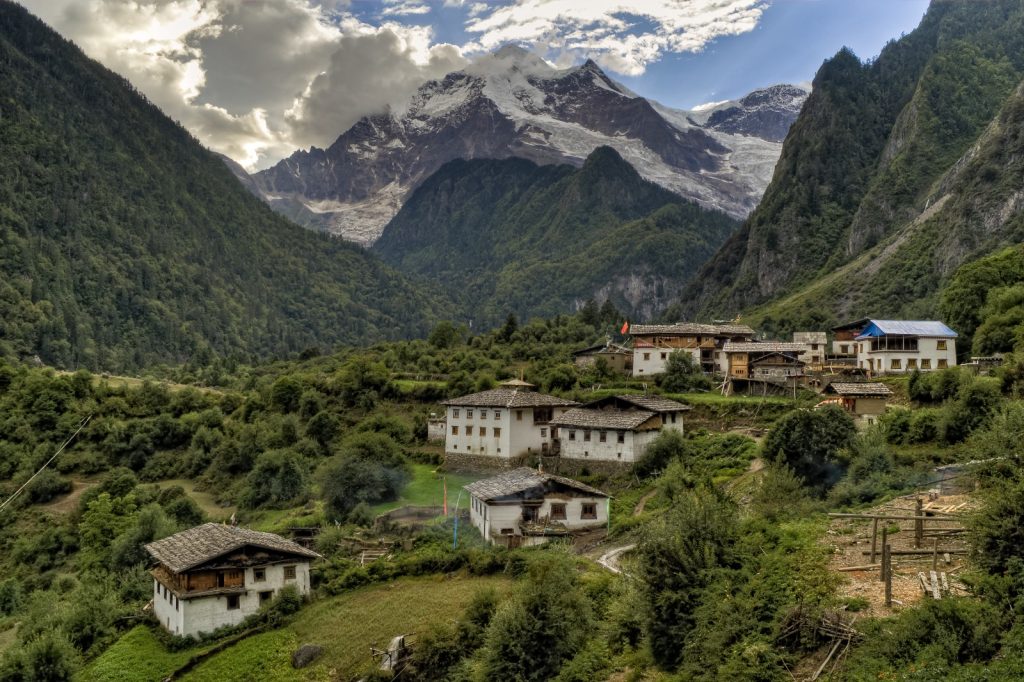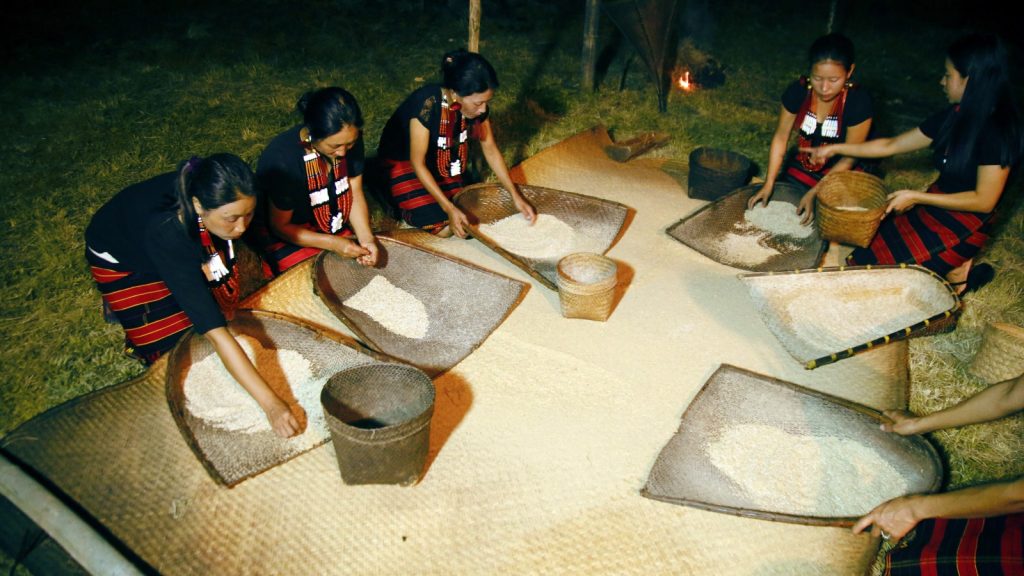Target, Strategies and Thematic Area for Support
IPAS TARGET
1. Protection of a total of 29.55 million hectares out of 93 million hectares of tropical rainforests in Asia by the end of 2028
2. Sensitization of 50-60 million Indigenous Peoples on their collective and individual rights to lands, territories, and resources
3. At least 6 million Indigenous Peoples and their intersectional groups directly benefited from IPAS fund
4. The Country Steering Committees (CSCs) will be active and facilitating the IPAS fund management and monitoring in all countries
5. Mapping of Indigenous Territories for 40 million hectares



2. Easy access with simple procedures and requirements for grant applications.
3. Capacity building on needed skills for project management and reporting, documentation, etc.
4. Long-term support to local and national organizations with critical roles and capacities in advancing the Indigenous movement at different levels.
5. Revitalizing Indigenous knowledge, sustainable economies, biodiversity protection, building resilience, and actions to combat climate change
6. Dedicated support for the needs and priorities of Indigenous women, youth and persons with disabilities and Indigenous institutions
7. Funds for emergency use including in response to disasters, serious risks, and attacks on communities and defenders.
8. Promotion of Indigenous arts, cultures, media, and sustainable ways of living
9. Inter-learning exchanges- within and beyond the country, regional and global levels.
10. Building relations and networking with donors (private and public) based on solidarity, trust, and mutual accountability>


Thematic Area for Support
1.Core funding support to Indigenous institutions, organizations, and networks including youth, women, and persons with disabilities.
2.Forest & tenure rights and biodiversity protection.
3.Inventory and mapping of land and resources.
4. Sustainable livelihoods and resource management practices of different ecosystems including intergenerational transfer of knowledge and innovations.
5. Indigenous subsistence economies and food security.
6. Economic empowerment of communities and Indigenous women including appropriate renewable energy, and technology; self-determined development.
7.Traditional institutions, customary practices and self-governance.
8.Indigenous media, arts, and culture.
9. Advocacy on Indigenous Peoples’ rights and related issues including protection of human rights and nvironment defenders (individuals and communities).
10.Research, documentation including oral history, medical and herbal practices.
